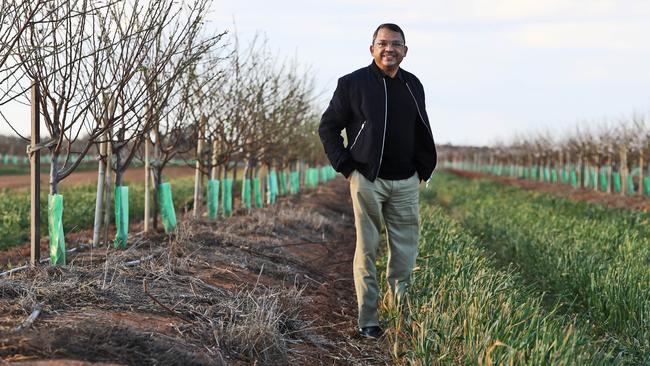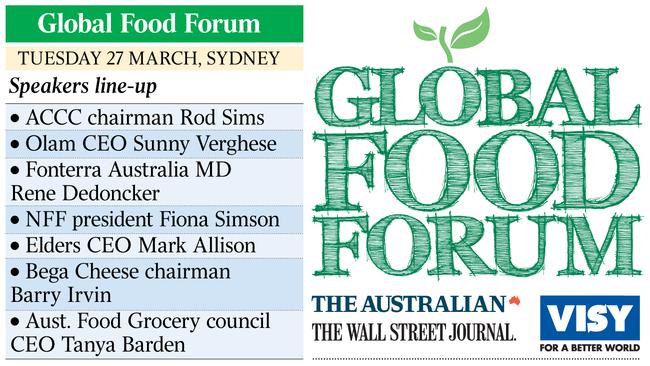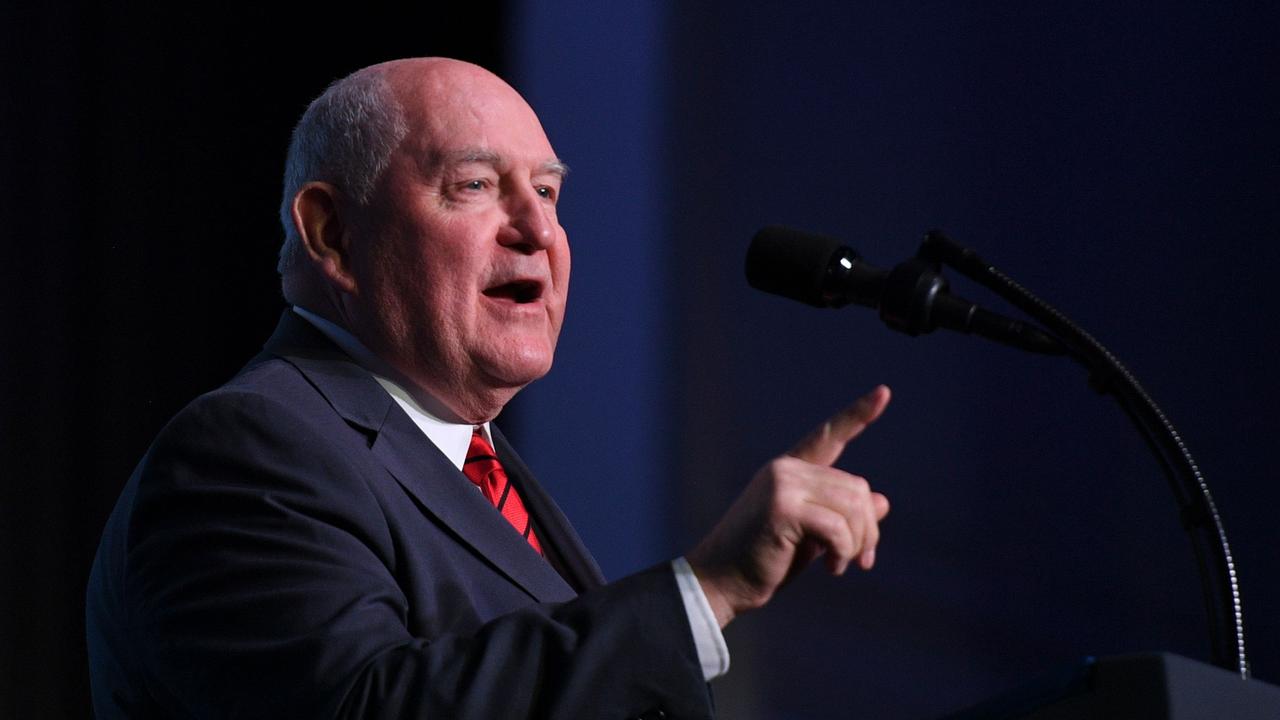Olam’s Sunny Verghese: Don’t miss global opportunity
Australia is home to the most innovative and knowledgeable agricultural thinkers, farmers and researchers across the globe.

Australia is home to the most innovative and knowledgeable agricultural thinkers, farmers, researchers and specialist advisers across the globe, according to the head of the world’s third-largest agribusiness conglomerate, Sunny Verghese.
Mr Verghese, who co-founded Olam International as a small cashew trader three decades ago and remains group chief executive, has now expanded the business to become a $20 billion global giant growing crops, processing food and fibre and trading commodities in 70 countries, including Australia.
“We farm in 26 countries but see Australian agriculture as the most innovative in the world,” Mr Verghese said yesterday, ahead of his keynote address to The Australian’s annual Global Food Forum in Sydney today. “My view is that because Australian farming systems, unlike other leading agricultural nations such as the US and Israel, have never been propped up by agricultural subsidies, that farmers here have been forced to be efficient, innovative and adopt world best practices to compete on world markets.”
Singapore-based Olam, 53 per cent owned by the Singapore government’s sovereign wealth fund Temasek and 20 per cent by Japan’s Mitsubishi, is the world’s biggest grower of almonds, cashews and cocoa beans, and it is a dominant global trader of coffee, rubber, cotton, pulses, grains, flour, rice, hardwood and dairy foods.

In Australia, where the company has invested more than $1.4bn, Olam is the biggest almond farmer, second largest water rights owner after Websters, and a major cotton industry player since its acquisition of Queensland Cotton in 2007.
It is also a key buyer of mungbeans, chickpeas and cotton from other Australian farmers.
Also attracting Olam to Australia are the relatively high profitability and returns of the agricultural sector, despite the risks associated with drought and climate variability, and high labour costs.
Mr Verghese said Olam’s priority had been to reduce risk through the adoption of cutting-edge technology, to make its irrigated cotton and almond farms more sustainable and water-efficient.
High labour costs hadn’t been much of an issue as Australian productivity was high, he said.
While Australian farmers are high-cost producers of cotton per tonne, they are also the most profitable because the cotton is high quality; the yields are the best in the world at 12 to 15 large bales a hectare; and water use has been cut through innovation by more than 40 per cent in the past decade to be the lowest among irrigated cotton-growing nations.
But Mr Verghese said the Australian agriculture sector must carefully watch some of its key parameters, as well as attitudes.
“Australian agriculture is very inward looking and only focused on Australia, rather than what is happening around the world,” said Mr Verghese, whose company has taken a global decision to focus on sustainability and meeting the challenge of doubling food production by 2050 using fewer resources and inputs, including water.
“It means you are not capitalising on the expertise edge and innovativeness that you possess — sometimes without realising it — and missing out on opportunities to take your businesses global.”
Also concerning Mr Verghese is the cost of doing business in Australia. Further wage hikes in agriculture will start to challenge Australia’s competitiveness: it costs more than double to hire a farm worker or irrigation controller in Australia than in the US.
“Australian energy costs are very expensive in comparison to other parts of the world, and our fibre processing (cotton) plants use a lot of energy,” Mr Verghese said. “I would say (power costs) are so high here that is it clear the system is broken; major reform is needed urgently.”
Mr Verghese, who said the company was also looking for new opportunities in dairy here, was also somewhat frustrated by Foreign Investment Review Board restrictions.
Because Olam’s majority owner is the Singapore government, Olam is required to get permission from FIRB before it can invest even one additional dollar buying a farm, property or facility.
Yet Mr Verghese said that, unlike state-owned Chinese companies or Middle Eastern sovereign wealth funds, Temasek (the Singapore government) was involved only with Olam, and therefore its Australia assets, as a silent or rational investor looking for top financial returns, rather than having a food security or political motivation.
“It doesn’t make sense to me; there is so much bureaucracy and the need for FIRB approval for every dollar spent. It restricts our ability to act swiftly,” he said.
“Olam is seen as a sovereign wealth fund now since Temasek increased its stake from 14 per cent to 53 per cent. But the difference between us and other sovereign wealth funds is that Singapore does not have a food security motive or any national agenda; it is a very unemotional investment.”



To join the conversation, please log in. Don't have an account? Register
Join the conversation, you are commenting as Logout